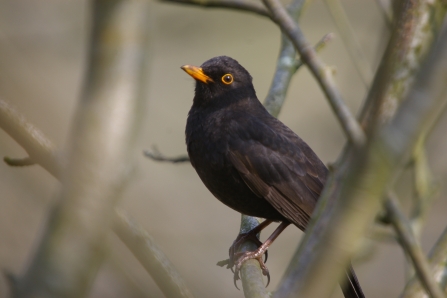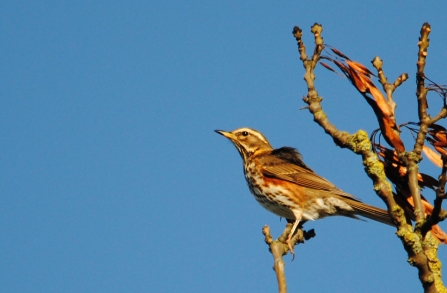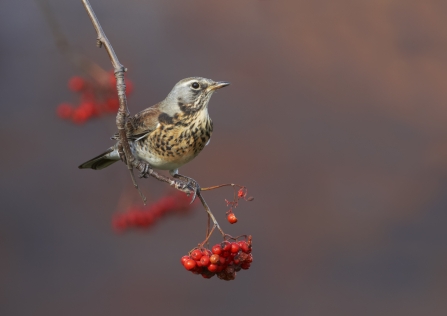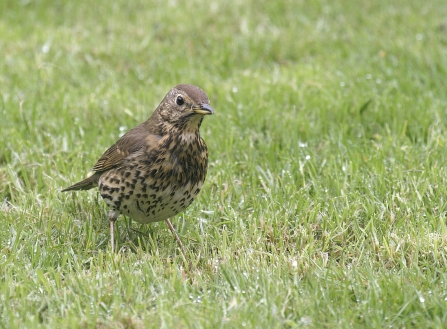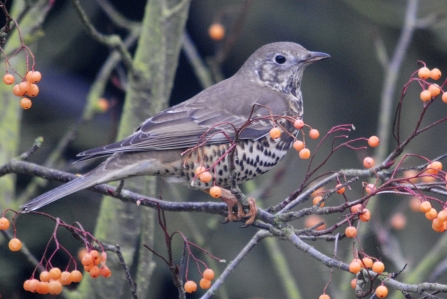Thrushes are a familiar sight in our parks and gardens, and these characterful birds bring joy to dedicated birdwatchers and laypeople alike.
November is a wonderful time of year to look out for all the different types of thrush, because species that we wouldn’t normally see are arriving in their thousands.
Here are thrushes that you might spot, and some handy tips on identifying them…


